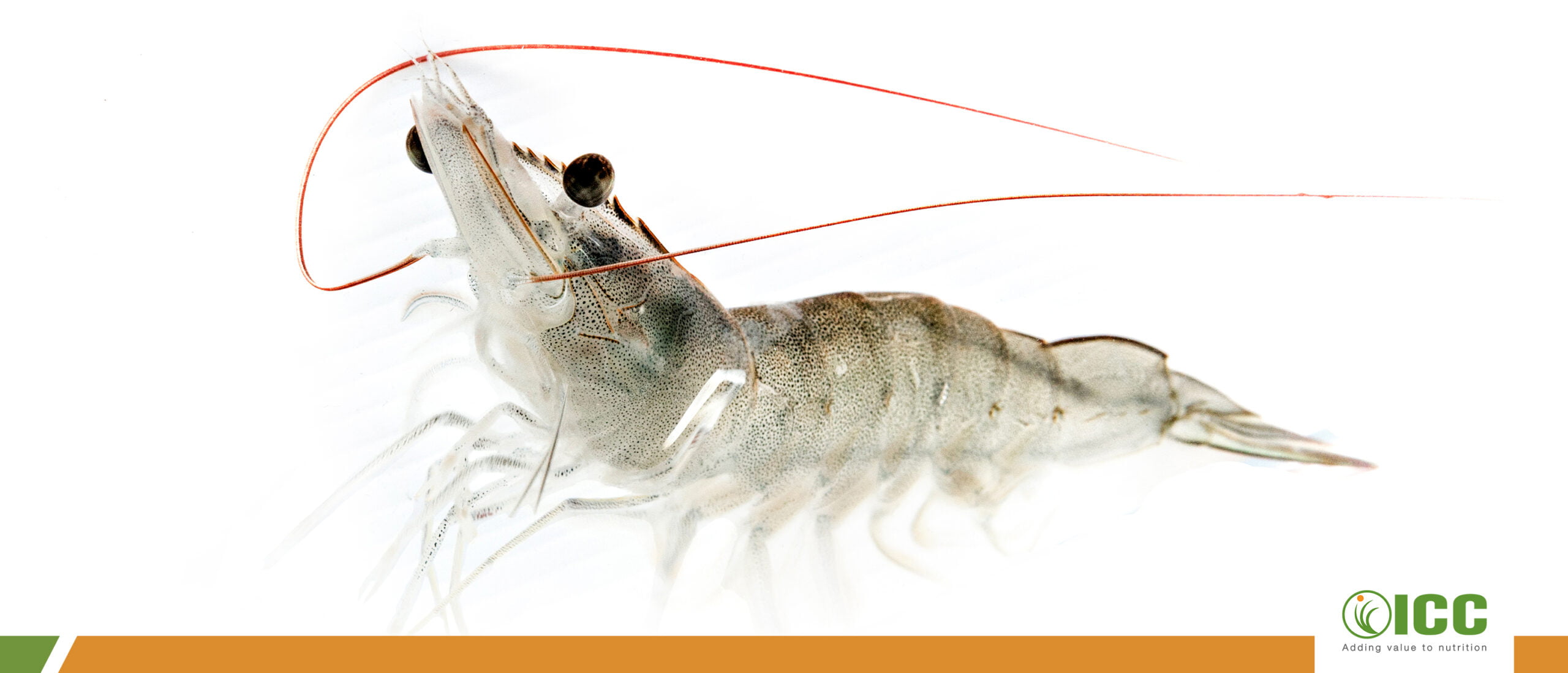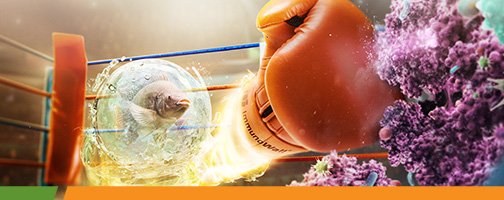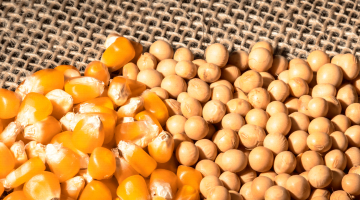Safe Management Series: learn how to maintain water quality in aquaculture
Learn to monitor water and reduce waste.
In addition to being the fundamental component of fish and shrimp farming, water is key to differentiating profit from a loss in aquaculture. This is because the success of the breeding depends on its quality, which in turn directly interferes with the health, welfare, and performance of animals.
In this stage of the “Safe Management” series, Melina Bonato, Ph.D., Global Technical and R&D Manager at ICC Animal Nutrition, and Liliana Borges, Ph.D., show how maintaining water quality and optimizing feed management without harming it reduces the waste production in aquaculture.
The first step to maintain water quality in aquaculture is to check the condition of the source used to supply the ponds. It is important to observe how water quality tends to change according to the days of production and the addition of inputs and nutrients by monitoring:
– Temperature
– Color
– Turbidity
– Transparency
– Oxygen
– pH
– Ammonia
Temperature: All physiological activities (breathing, digestion, reproduction, feeding, etc.) are closely linked to the water temperature. Extreme temperatures (high or low) influence growth and may cause fatalities. Lower temperatures are rich in oxygen, and therefore the highest have less oxygen. Each species has an ideal temperature for growth that must be monitored daily. For tropical fish, the ideal temperature is between 20 °C and 28 °C. As for shrimp farming, when above 33 °C, it can increase the risk of diseases caused by Vibrios. Adjusting the temperature is not simple; however, increasing the circulation of water or aeration is the best way to reduce the heat.
Color: Determines the existence of basic elements for aquaculture and varies according to each species. Therefore, aquaculture farmers must know the type of culture and make corrections through manure or fertilization if necessary.
Turbidity: One of the parameters that determine transparency. Turbidity measures the number of particles in suspension. The cloudier the water, the less suitable it will be for aquaculture, as it prevents the penetration of sunlight and, consequently, the development of phytoplankton. Turbid waters are usually mud-colored.
Transparency: Directly determines the amount of light that penetrates the water. Algae and particles in suspension, as a result of erosion, will make the water cloudy and decrease transparency. If the water is thoroughly clean, without turbidity, light can penetrate tens of meters into the water, which does not happen if there are many particles in suspension.
Oxygen: It is the most crucial component for fish and shrimp development, and also considered the most critical parameter. The concentration of dissolved oxygen (DO) in water is influenced by temperature as low temperatures increase the amount of DO, and high temperatures reduce it. Obtaining this can be achieved through contact and direct penetration of atmospheric air in water or phytoplankton photosynthesis process.
pH: pH extremes (acid or basic) cause stress or mortality and can be influenced by pollution, breathing, photosynthesis, liming, and fertilization. The pH should be monitored at least once a week, and the correction can be made with the addition of lime, quicklime, and hydrated lime.
Ammonia: The ammonia concentration must be monitored so that it does not exceed 0.1 mg/L, which is the maximum amount. When above this value, it becomes toxic and impairs the transport of oxygen through the blood.
In addition to these factors, periodical sediment management must be properly carried out to ensure water quality. For each aquatic species cultivated, the farmer must consider the nutritional requirements. Balancing formulation and quality of the ingredients in food management, in addition to paying attention to the feeding frequency, habits, and cultivation phases of each creation. Also, looking for additives and information that optimize the process. Food frequency will contribute to stimulating the demand for food, avoiding waste, maintaining water quality, and reducing production costs. The animals’ performance will be better, as they will be nutritionally supplied in a stress-free environment, improving feed conversion and weight gain.
By adopting these procedures, it is possible to control and reduce the waste generated during food management, avoiding the excessive amount of minerals. With this, there will be a better balance in the aquatic ecosystem, which will directly influence the economic balance and productivity gains.
ImmunoWall®: ICC Animal Nutrition’s solution that helps to improve the performance of aquaculture
To improve the response to challenges of the animal’s immune system, ICC Animal Nutrition presents ImmunoWall®. It is composed of a dense cell wall of Saccharomyces cerevisiae yeast, derived from the sugarcane fermentation process for ethanol production, and contains around 35% of β-glucans and 20% mannan oligosaccharides (MOS). ImmunoWall® promotes the strengthening of the immune system, generating a faster response in addition to having a high capacity for agglutination of pathogenic bacteria that have fimbriae and adsorb a wide range of mycotoxins. These actions contribute to the prevention of illnesses and the reduction of mortality, resulting in more significant performance gains and increased profitability.
Do you want to know more ICC Animal Nutrition solutions to maintain good results in aquaculture? View our portfolio now: www.iccbrazil.com/linha-produtos.
Posted in 03 June of 2020


